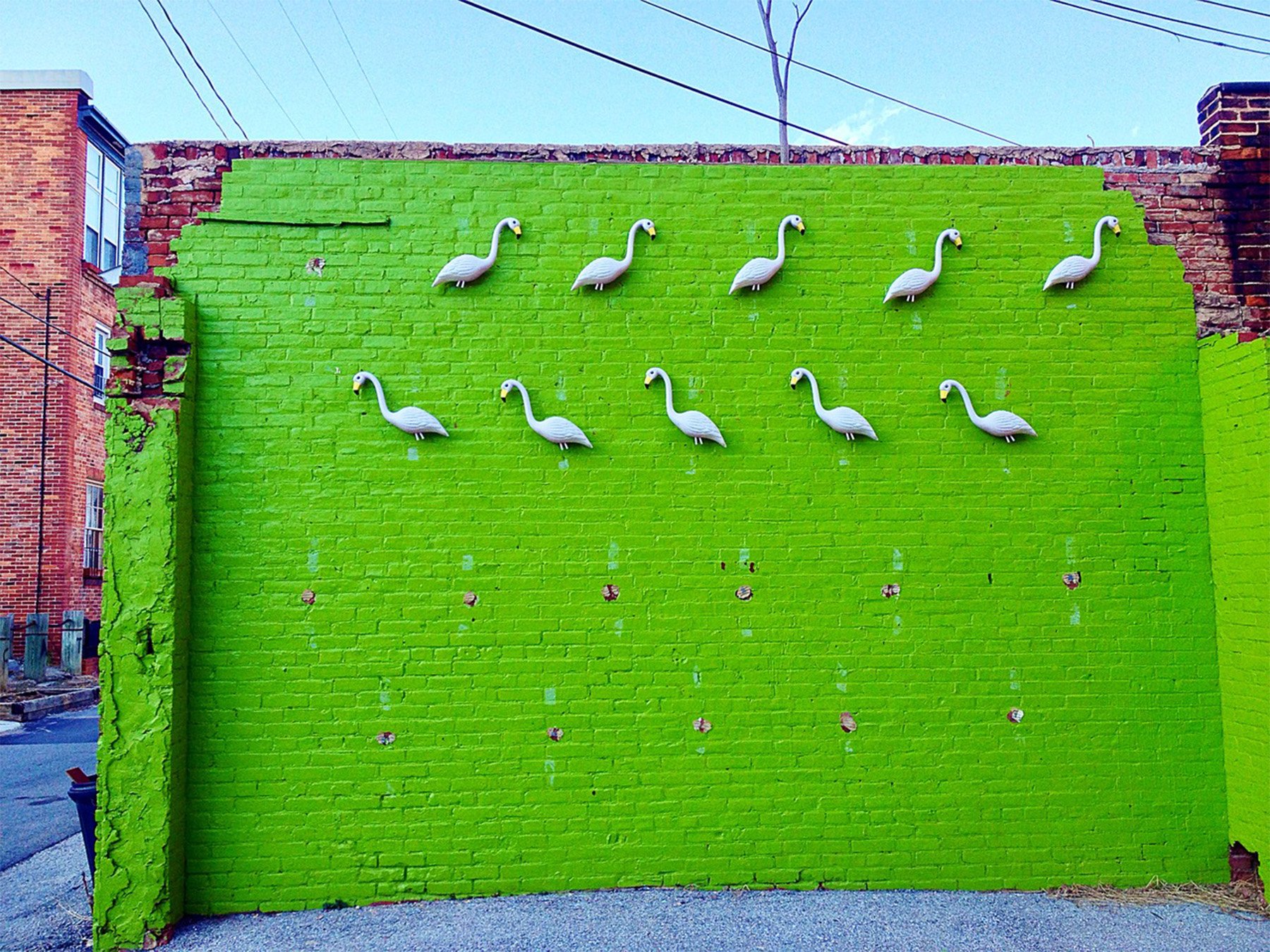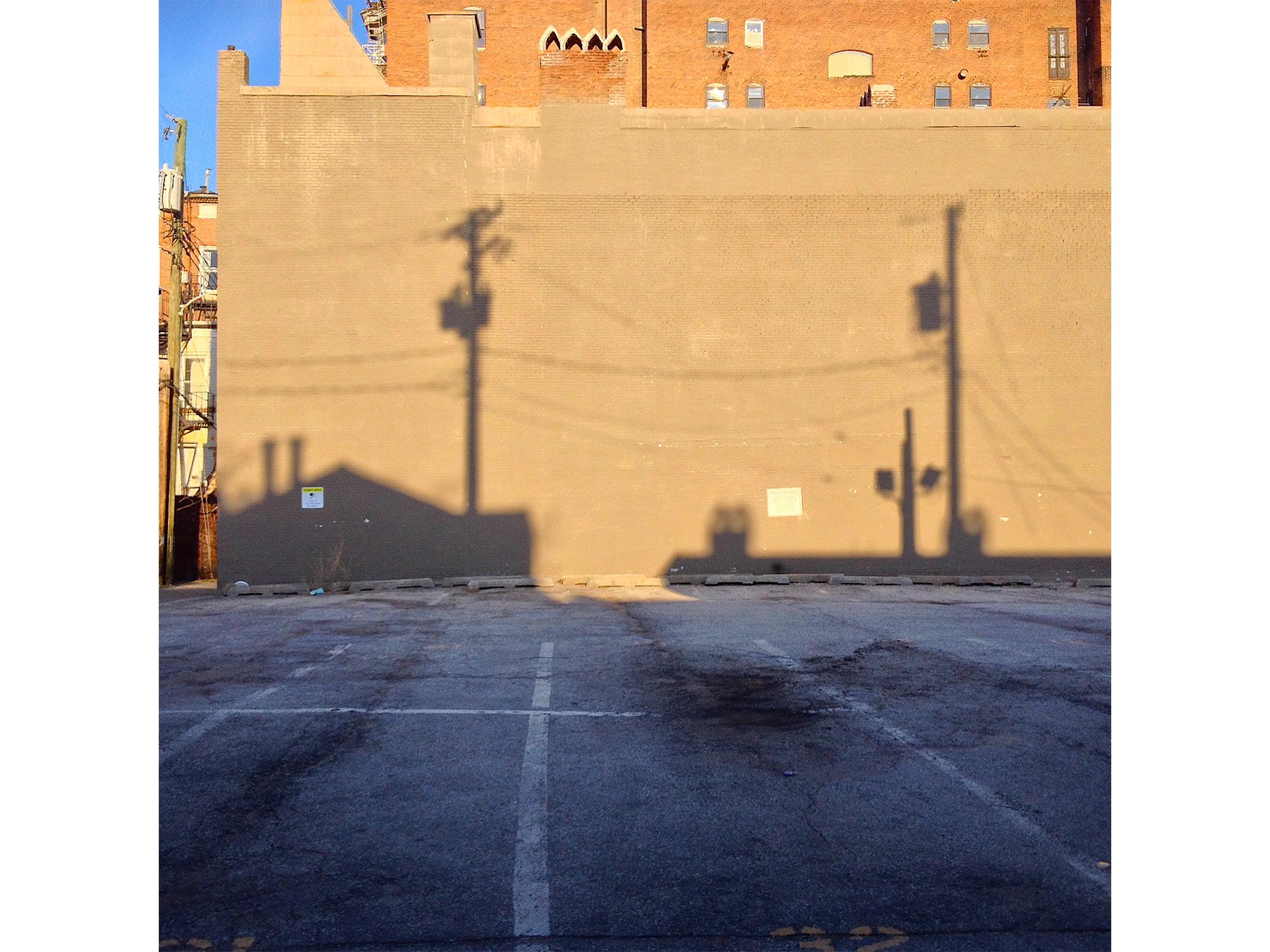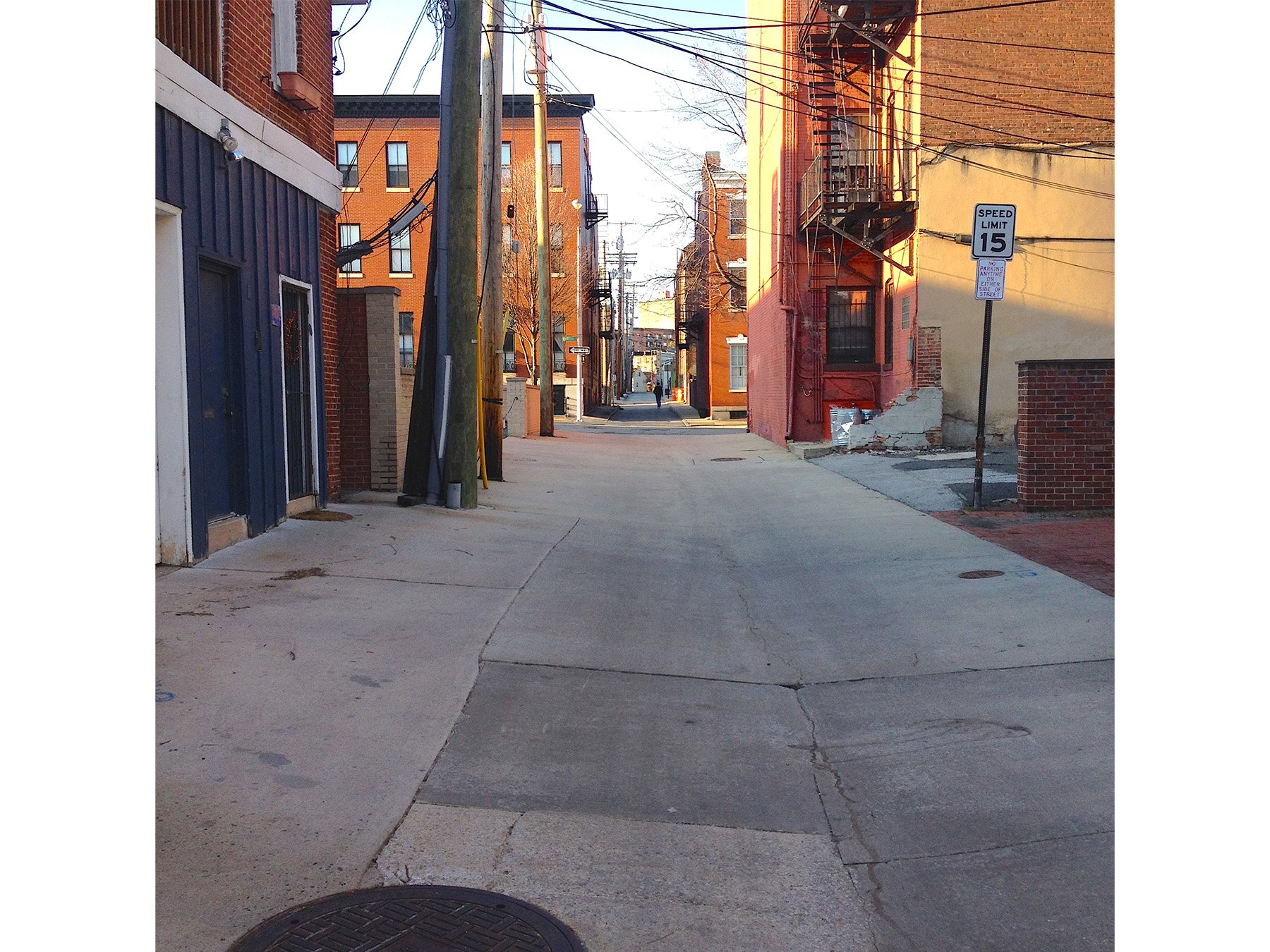Everyone Has a Voice: Democratizing Architectural Writing
By Frank Edgerton Martin | April 6, 2023
Illustration by @drawnwell.
FEATURE
“And I remember people coming to my mother’s yard to be given cuttings from her flowers; I hear again the praise showered on her because whatever rocky soil she landed on, she turned into a garden.”
—Alice Walker, In Search of Our Mothers’ Gardens
Alice Walker’s mother and grandmothers were unrecognized artists who created beautiful places and works of art. They were not writers, yet they shared lasting stories. We need more of them.
You don’t have to be an architect to write about architecture or gardens or cities. In fact, the built world would be much better off if more people who are not architects or experts told their stories of connection to built spaces. Human beings have a deep, if often unspoken, sense of the environments around us. We know the places that we value, the people and settings that enliven us, and the places where we can grow and be ourselves.
Throughout the history of architecture and planning, not everyone has been encouraged to talk about, much less write about, this basic environmental appreciation—especially people of color, women, and others historically excluded from the design professions.
Several years ago, I co-taught graduate courses in the Publication Design program at the University of Baltimore. In the course “Words and Images,” we asked students to choose and focus on a single Baltimore neighborhood over the course of the semester. They would write and create fully designed magazine articles, maps, websites, and guides for their neighborhoods.
Photos 1–3: The students captured the variety and ephemeral beauty of Baltimore’s neighborhoods in their stories and articles.
Almost all the students were women, and the majority were African or African American. By the second week I realized that many of them were quite anxious about the writing required for the semester ahead. It seemed that they didn’t believe they had the authority to write about streets, architecture, and historic places—that these were subjects off limits to them.
Our challenge as a class (and mine as a teacher) was not to talk about grammar and diction and read examples of famous architectural writing but for the students to realize that they didn’t need to write or sound like me or any other writer. They needed to tell their own stories in their own way, and to trust in how much they already knew about the valued places and people in their lives. They needed, as my mother used to tell me, to just be themselves.
In the first weeks, I created some writing prompts and assignments that remain relevant for anyone who wants to write about architecture and landscapes. I do them myself sometimes. Here are a few.
Places of Childhood and Youth
Describe your neighborhood or a familiar place where you lived as a child . . . the places, people, and events that you remember, both good and bad. Consider the smells and sounds and the small physical details that are memorable. Think about how people and daily routines animated your place. How did you move through it? Were there special places within it?
The way you tell a story is just as valid for place-sketching as any other. There is no need to use fancy-sounding or technical words when simple, straightforward language will do.
The intended lesson in the exercise is that it’s okay to write in the first-person voice. The way you tell a story is just as valid for place-sketching as any other. There is no need to use fancy-sounding or technical words when simple, straightforward language will do.
People and Place
Consider a real person whom you know and how they are memorable and meaningful to their community. How do they sound when you talk with them? By knowing more about them, how do we learn more about the place itself?
One student wrote the following memory a woman who lived for decades in a house inherited from her grandmother:
Thirty years ago, Vivian greeted every morning with a praise and worship hour. [She would] leave the maze of clothes and furniture and papers that surrounded her king size bed, bathe, dress and clean the gutters of 700 North. After the gutters were swept and the trash bundled into her metal cans, she would wash her stoop, complete other house chores then go next door to help the family with five children under the age of ten . . . Sundays, Wednesdays, and Thursdays belonged to her church where she sang alto [in] the choir. Her jazz alto was notable across Baltimore—and she was recruited to sing for funerals, weddings, and other church events.
Here we feel a profound connection between a person, care for others, and a common sense of place. The writer never describes the appearance or design of Vivian’s house, but you feel you are right there with the scrubbing of the stoop and the resonance of her alto voice across the city.
For architecture and planning, storytelling is essential for bringing forward and strengthening the connections people feel to their built environment; this is especially true for people who have long been excluded from development and design processes. Greater equity in how cities get built can be achieved if more people trust their intuitions and ideas and share their stories.





